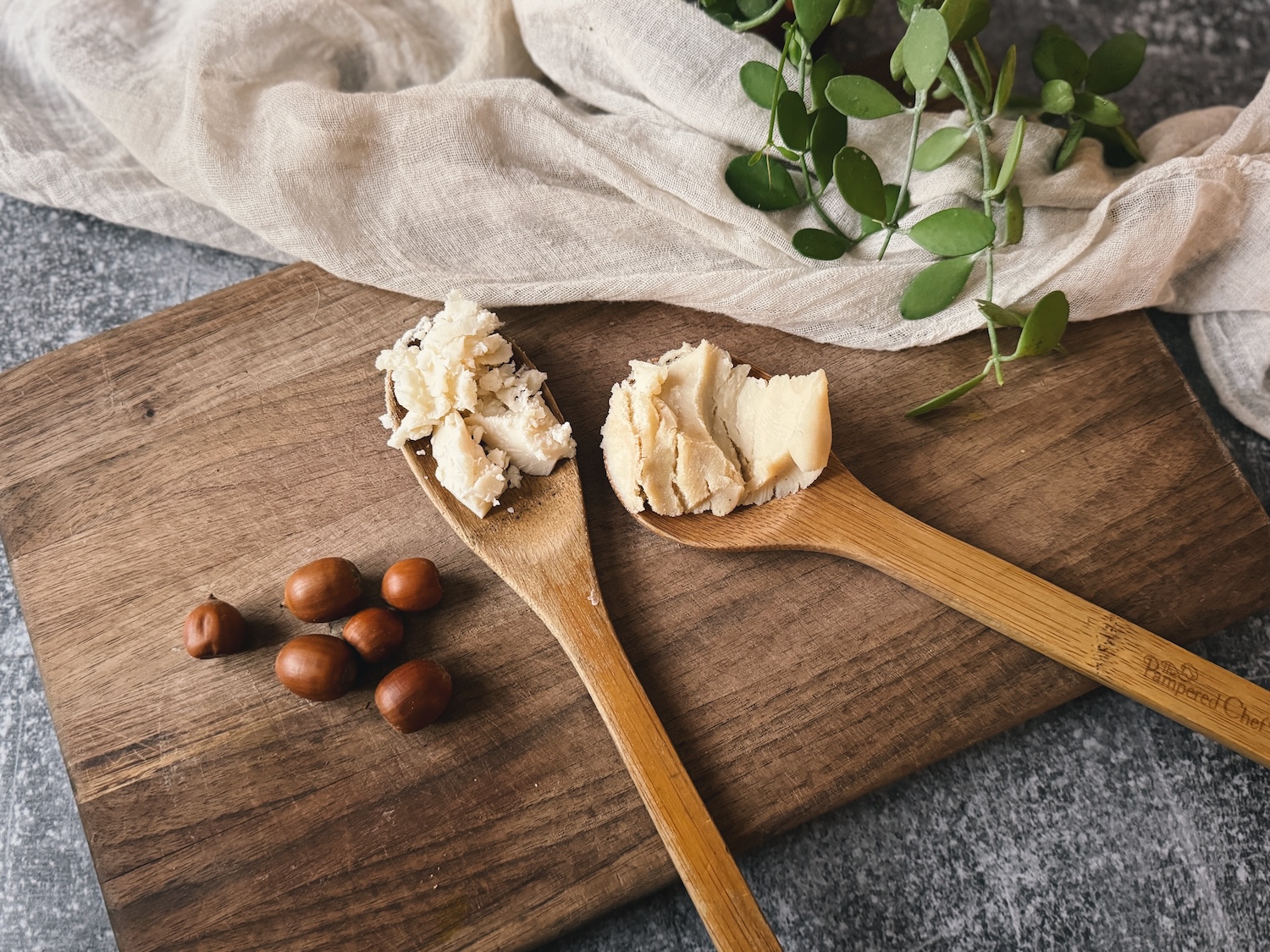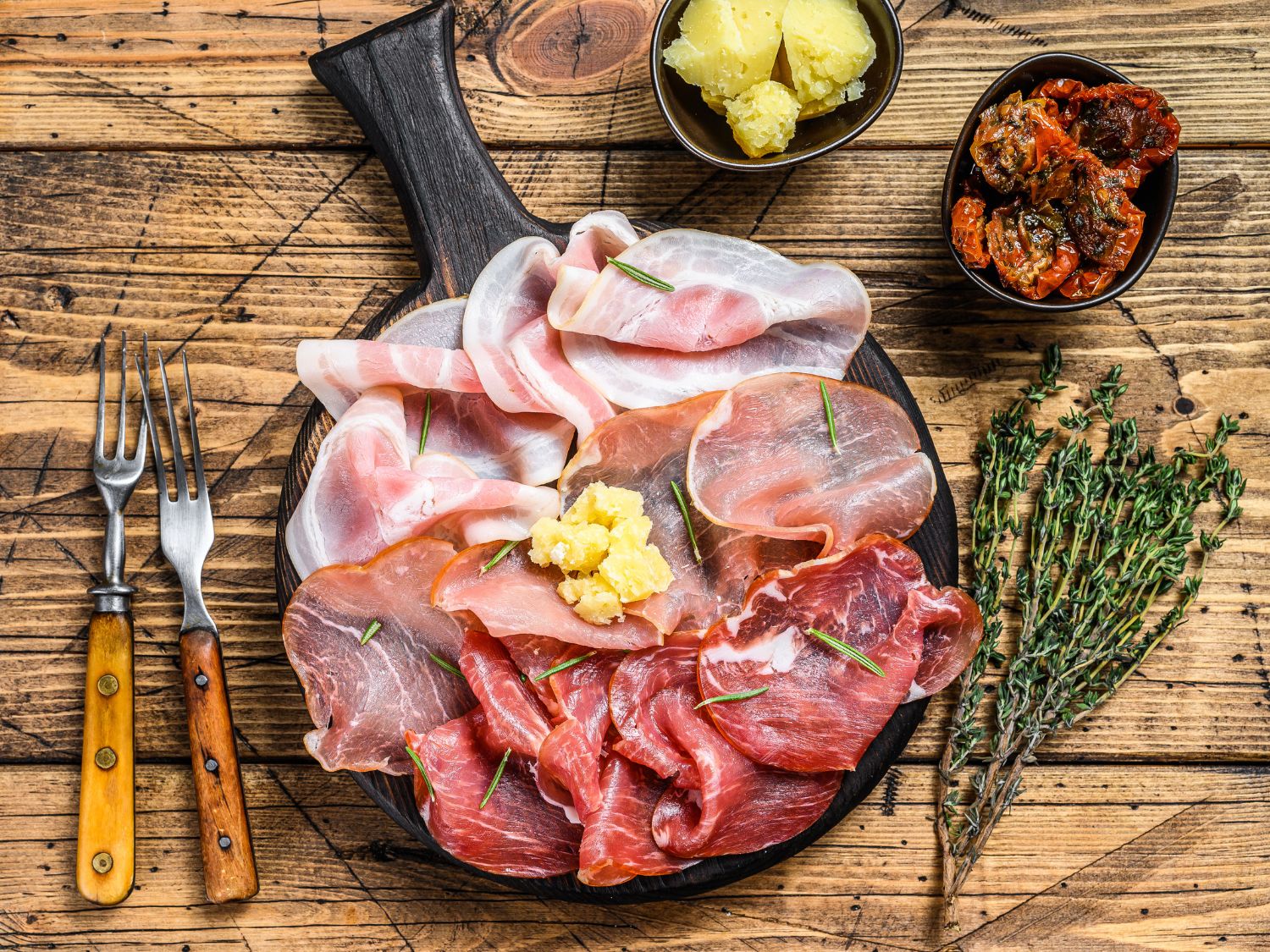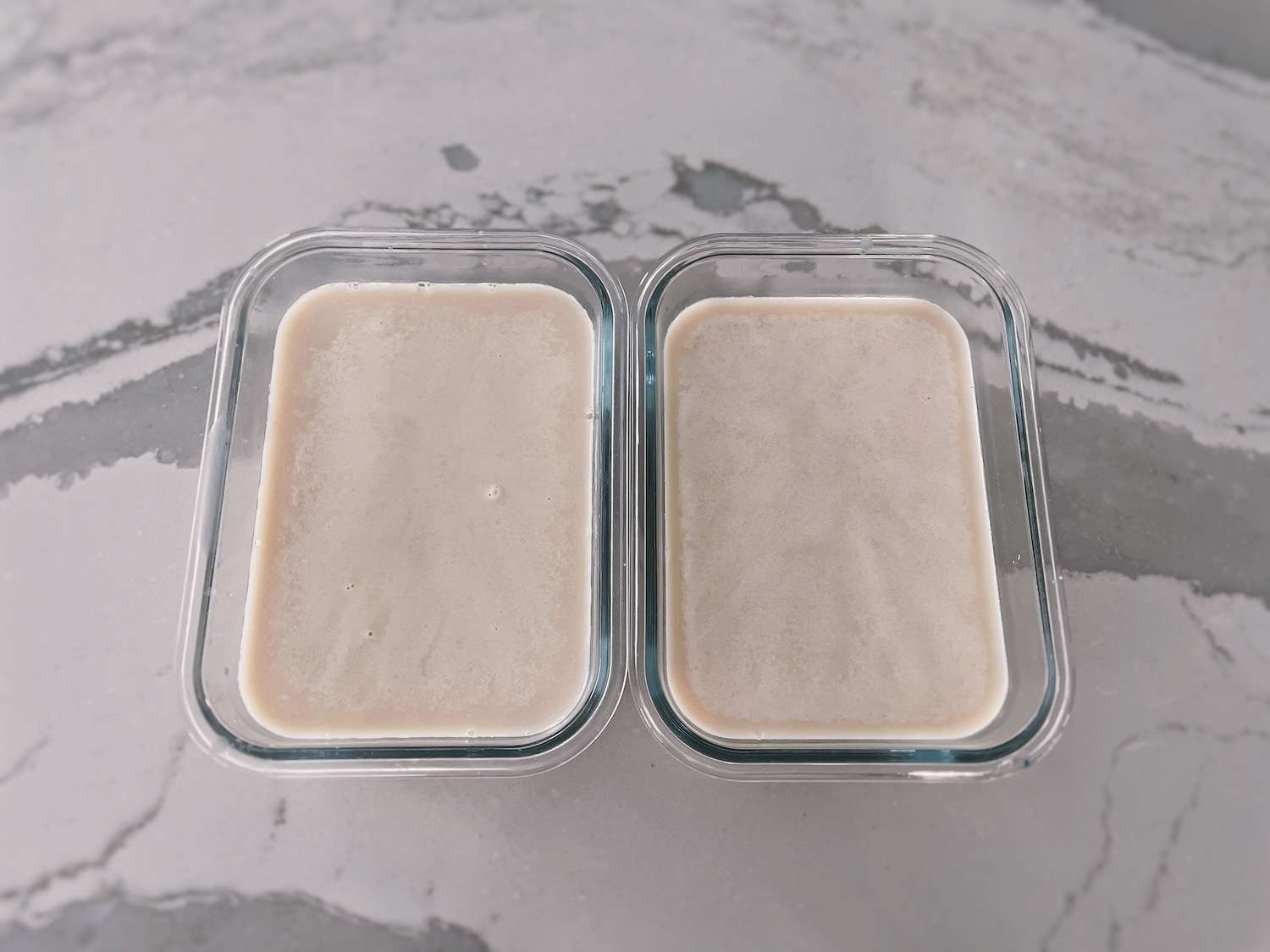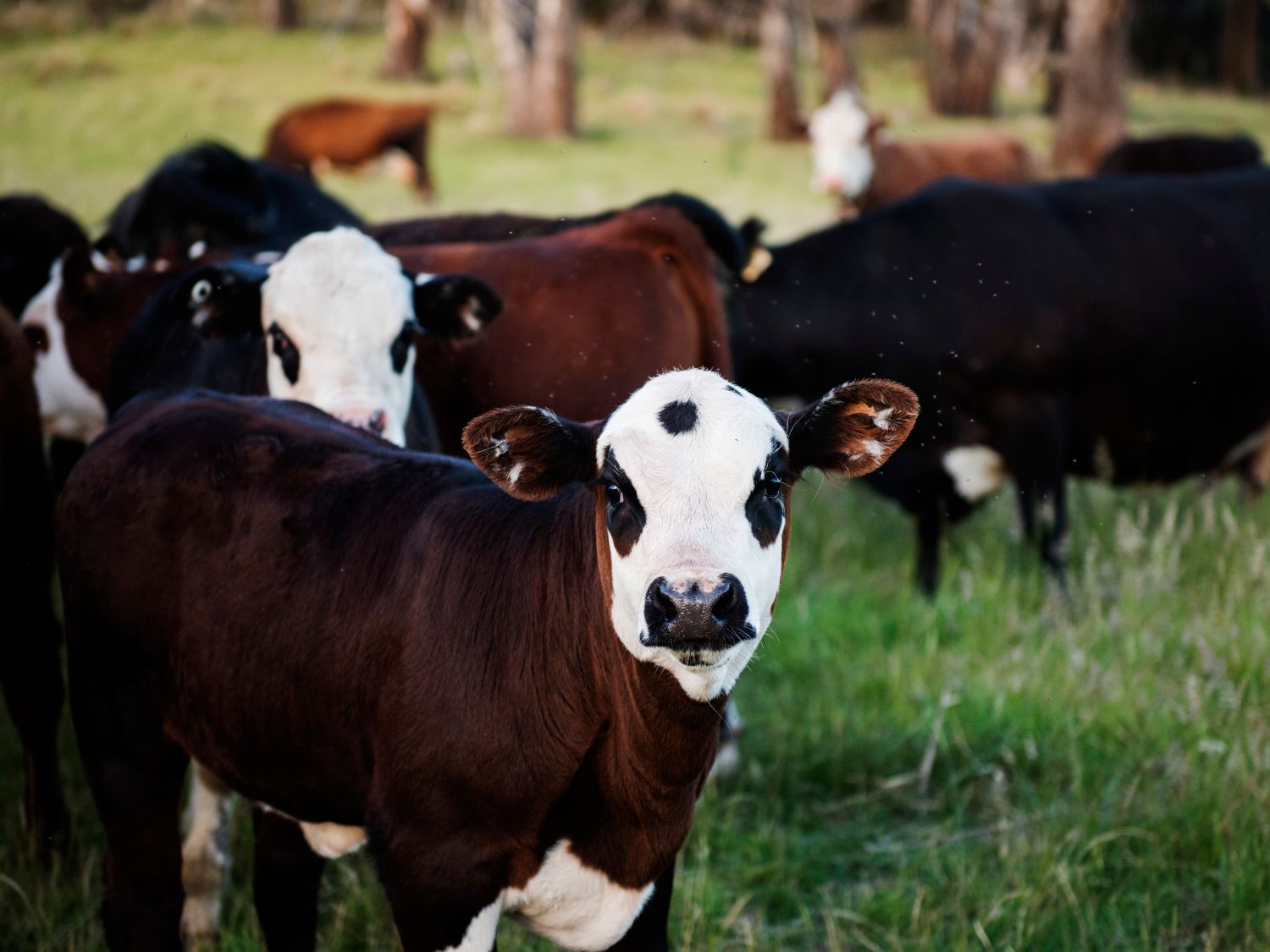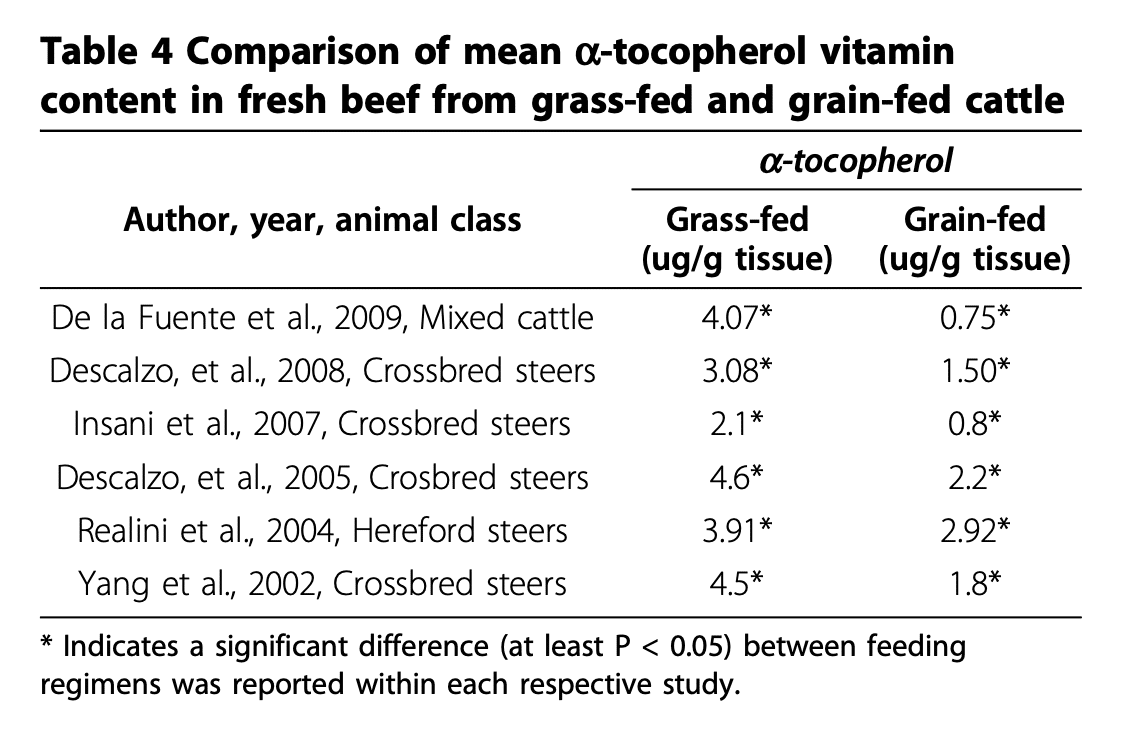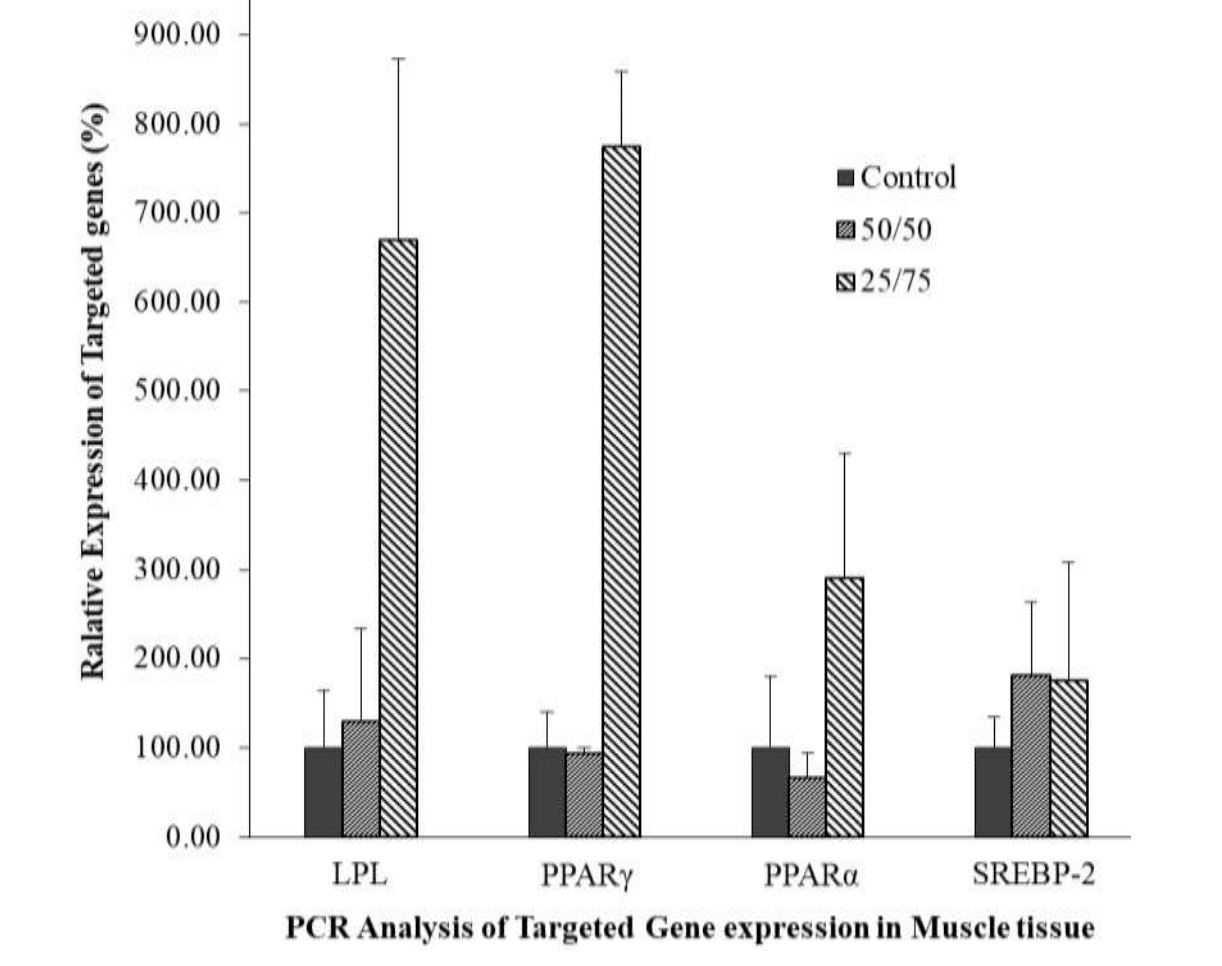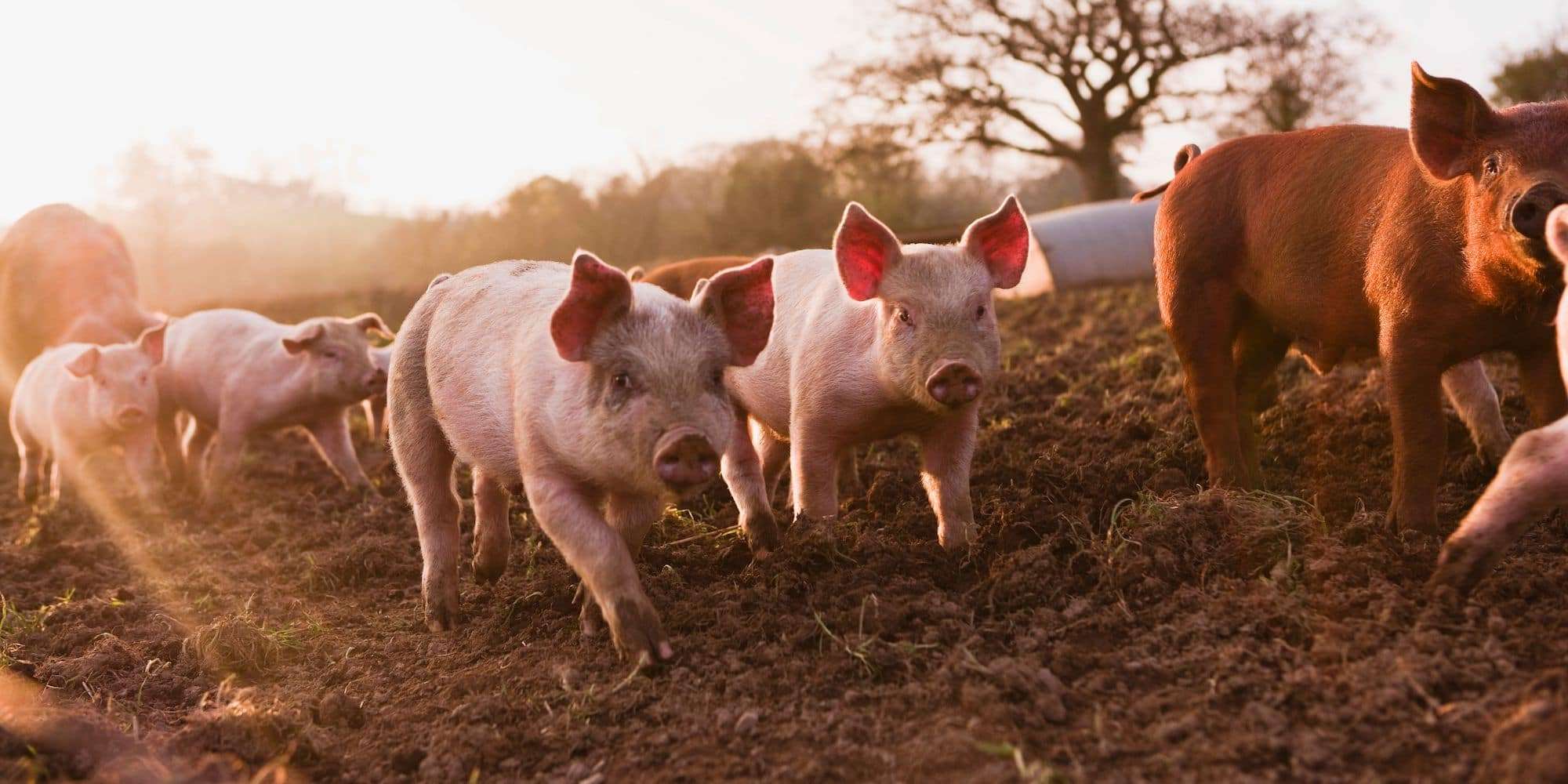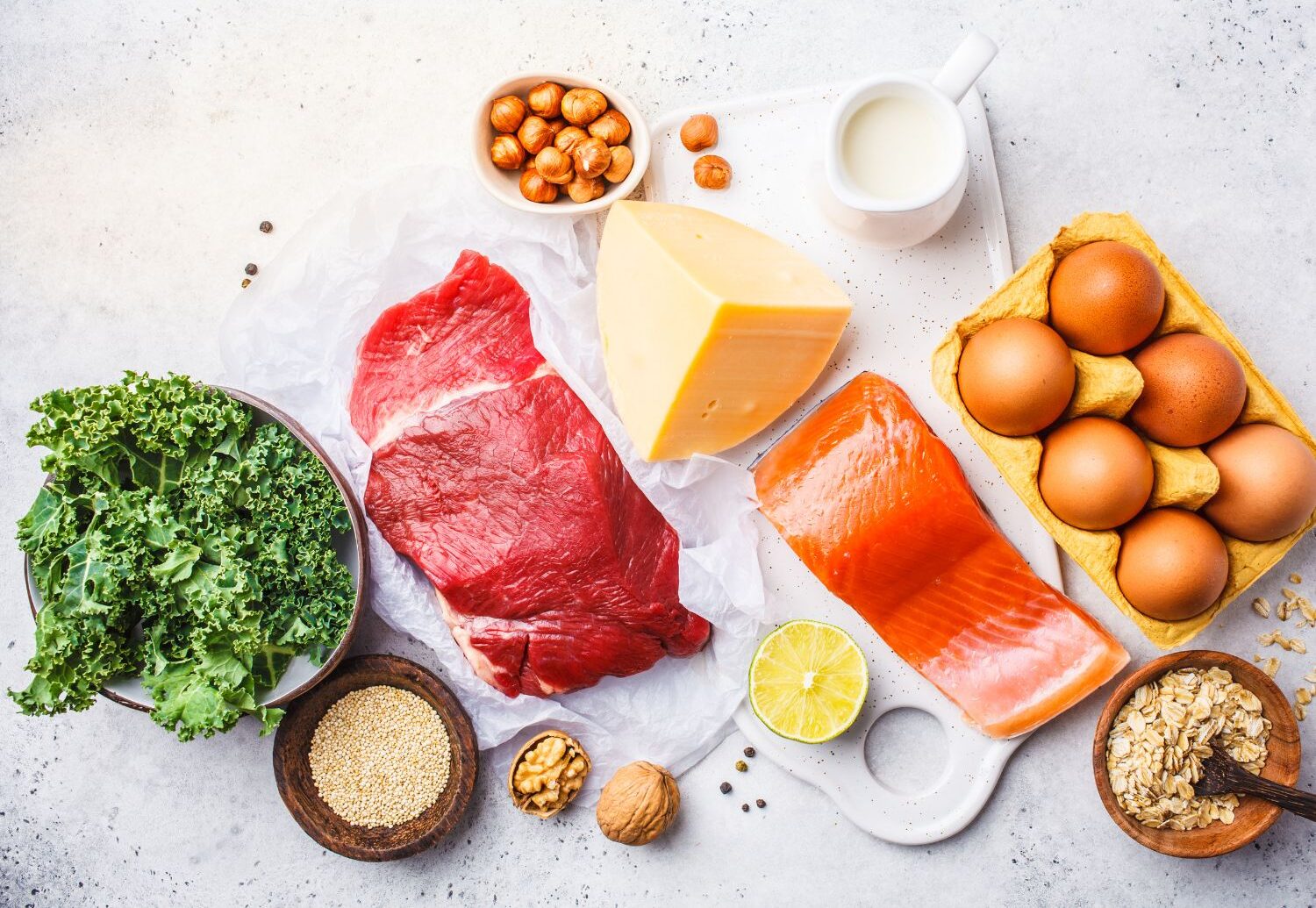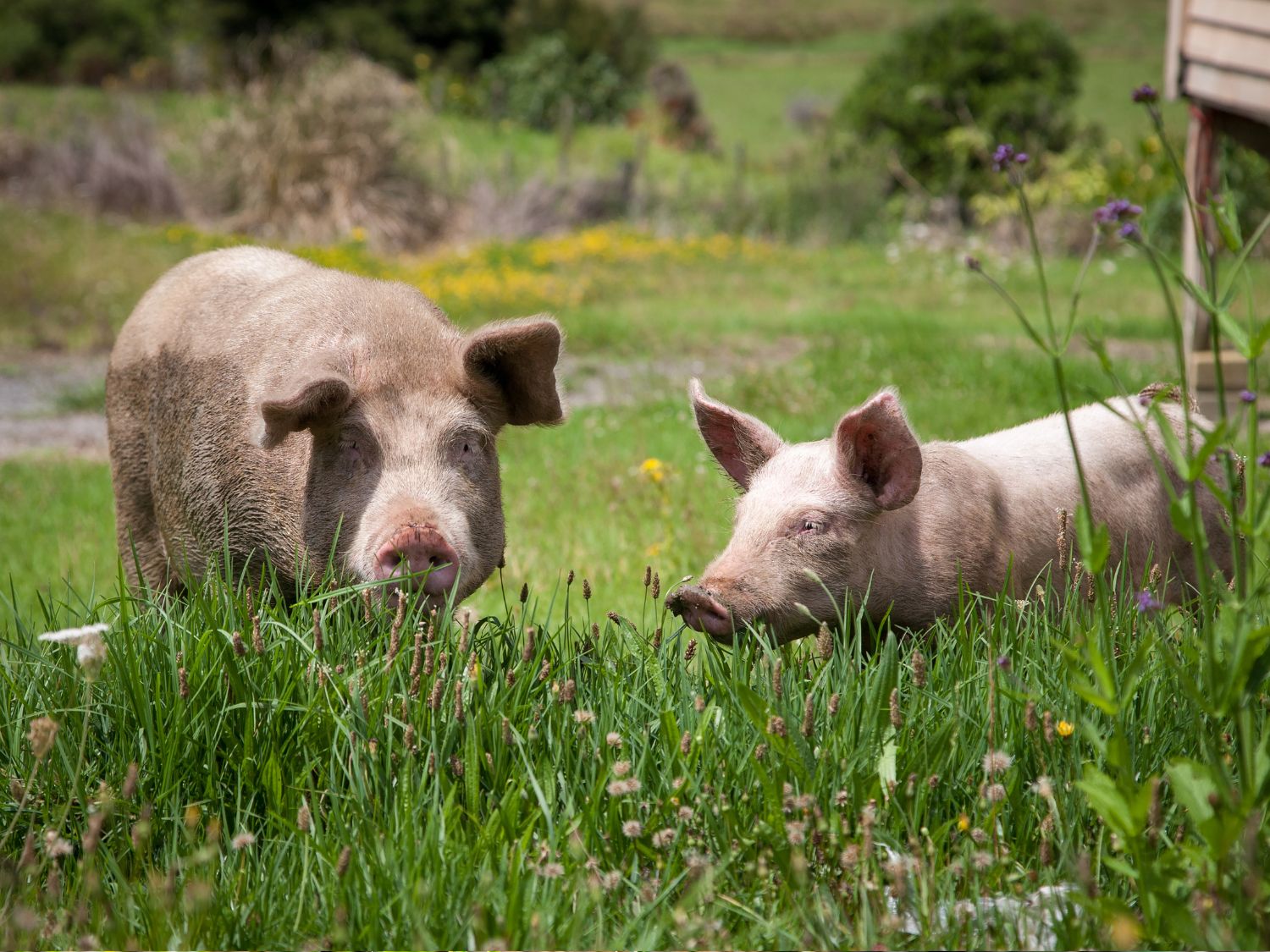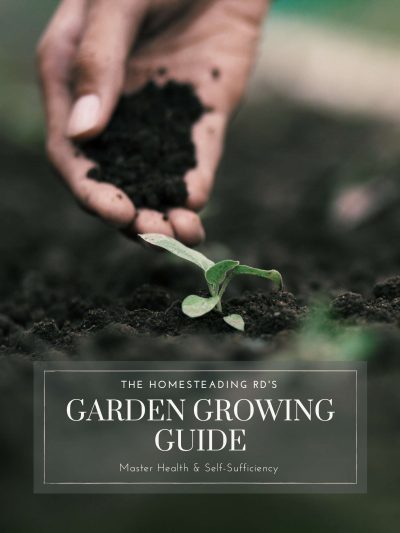You’ve probably been hearing people talk about how animal fats are back, but is there truth behind this movement? Are there really health benefits of using tallow and lard? Keep reading to find out!
We’ve already tackled the overarching topic of saturated fat in my article The Saturated Fat Controversy (definitely check it out if you haven’t already!), so this article is a deep dive into the specifics.
By the end of this article, you’ll have a clear understanding of the health benefits of tallow and lard, and have some research studies to back it up!
Let’s dive in!
*Disclosure: This post may contain affiliate links to products (including Amazon). I’ll earn a small commission if you purchase through my link, at no additional cost to you! Regardless, I only link to products that I personally use on our homestead or believe in.
The Movement Back to Animal Fats
For centuries, humans have valued and used animal fats for cooking, baking, candles, soap, body balms, lip balms, and so much more! Today, it’s rare to find tallow and lard in our kitchens. What changed?
In the 1950s, the release of the Seven Countries Study (which was highly flawed) paired with the persuasive spirit of Proctor & Gamble (the creators of Crisco) in the 1940s led to the universal shunning of animal fats.
The new message was that hydrogenated fats (Crisco) and industrial seed oils (canola oil, vegetable oil, soybean oil, etc.) were heart-healthy, and we all believed it.
Fast-forward to today and we are in a health crisis with inflammation running wild. According to the CDC, these are the top 10 causes of death in the United States… and 9 out of 10 of them stem from inflammation:
- Heart disease
- Cancer
- COVID-19
- Accidents
- Stroke
- Chronic lower respiratory diseases
- Alzheimer’s disease
- Diabetes
- Chronic liver disease and cirrhosis
- Nephritis, nephrotic syndrome, and nephrosis
Thankfully, we are starting to see through the tricky marketing and poor-quality studies. Further reviews have found no association between saturated fat intake and heart disease. Surprise, surprise.
To learn more about the history behind this topic, check out my article The Saturated Fat Controversy. More and more people are starting to return to our original ways of eating that have helped us thrive for centuries, and we’re feeling better as a result!
Health Benefits of Tallow
What is Tallow?
Let’s quickly cover the basics. Tallow is simply raw beef fat (also called suet) that has been rendered, or cooked down using low heat. This process removes impurities and creates a shelf-stable product. It is solid at room temperature.
Nutritional Value of Tallow
Tallow, along with other animal fats that are high in saturated fat, has slowly been recovering from a bad reputation. Not only that, but tallow is once again becoming a valuable staple in our homes. I hope that by the end of our discussion, you’ll feel confident in using it!
Conjugated Linoleic Acid
Conjugated Linoleic Acid (CLA) is an essential fatty acid that is found in beef and dairy. It is a powerful dietary component that has anti-carcinogenic, anti-diabetic, anti-obesity, and anti-hypertensive effects. CLA can even promote a reduction in fat mass! Sign me up, right?
Of note, amounts of CLA are significantly higher in grass-fed cows compared to conventionally-raised ones. In this same study, they found lower amounts of myristic acid and palmitic acid (which are associated with hypercholesterolemia) when utilizing grass-fed practices.
Omega 3s
For optimal health, humans should aim for an omega 6 (inflammatory) to omega 3 (anti-inflammatory) ratio of 4:1, but the lower the better! Omega 3’s are protective against Alzheimer’s disease, arthritis, cardiovascular disease, depression, and even cancer.
Some believe that our ancestors ate a diet that was close to 1:1, however, Americans eat a ratio as high as 25:1! Yikes! No wonder why chronic disease and inflammation are at an all-time high.
Honestly, it’s not surprising when you think about the pro-inflammatory foods that make up the Western diet, and grain-fed beef is certainly a contributor! Multiple studies have revealed the shocking difference between grain-fed vs grass-fed beef:
Studies | n6:n3 ratio |
Alfaia (2009) | |
Grass-Fed | 1.77 : 1 |
Grain-Fed | 8.99 : 1 |
Leheska (2008) | |
Grass-Fed | 2.78 : 1 |
Grain-Fed | 13.6 : 1 |
Garcia (2008) | |
Grass-Fed | 1.72 : 1 |
Grain-Fed | 10.38 : 1 |
Want to reduce inflammation and obtain a ratio of 4:1? Eat grass-fed beef products!
Vitamin A
Have you noticed that pasture-raised egg yolks are orange instead of pale yellow? That’s because the chickens are eating the richly pigmented carotenoids from the plants they forage for. The same thing applies to grass-fed beef.
When cows are allowed to graze on green pastures, they consume large amounts of carotenoids from those plants, which then are converted into vitamin A. Beta-carotene levels have been reported to be 7x higher in grass-fed beef than grain-fed!
This high concentration of beta-carotene gives the cow’s fat and milk its golden hue, along with all of the health benefits associated with vitamin A!
Vitamin E
Vitamin E is a powerful antioxidant that protects against free radical damage that leads to chronic disease. As with the theme of this article, vitamin E content is 2-3x higher in grass-fed beef compared to grain-fed as shown in the table below.
While we’re on the topic of antioxidants, it’s important to note that grass-fed beef is also higher in other antioxidants such as glutathione, superoxide dismutase, and catalase. What a powerhouse for fighting inflammation!
Choline
Tallow is one of the best sources of choline. Choline is an essential nutrient for cellular membrane integrity, neurotransmitter synthesis, lipid metabolism, and even proper gene expression!
Liver-protective effects
I saved this one for last because it’s an old study using rats, but it’s fascinating! The rats were given ethanol (alcohol) plus either corn oil or tallow for 5 months and guess what happened? The corn group had fatty liver that progressed to fibrosis whereas the tallow group had completely normal liver function.
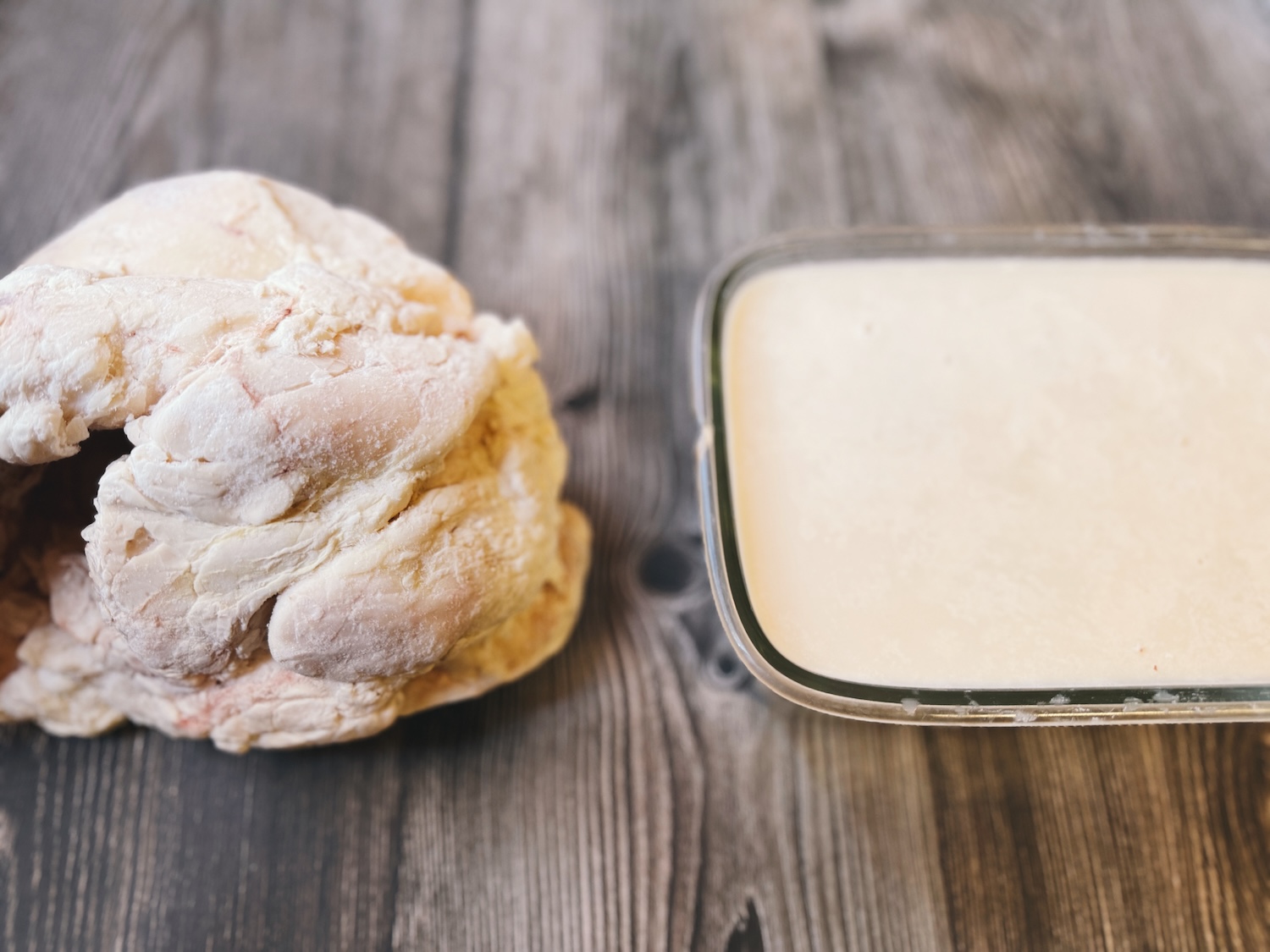
Health Benefits of Lard
What is lard?
Lard is simply raw pork fat that has been rendered (or cooked down) using low heat. This process removes impurities and creates a shelf-stable product. Most raw pork fat is sourced from around their kidneys (“leaf fat”), but a decent amount can be found underneath their skin as well (“back fat”). Lard is semi-solid at room temperature.
Nutritional Value of Lard
Is lard really okay to use? Let’s chat about it! By the end, I hope you’ll be feeling confident in sourcing some quality, pasture-raised lard and using it in your home!
Anti-Inflammatory Properties
In a 2014 study, mice were given 3 different types of fat during calorie restriction and administered an inflammatory agent. Guess what happened? Lard was shown to be more protective than soybean oil (no surprise there) and fish oil! This was further confirmed in a recent 2023 study confirming the anti-inflammatory effects of lard as well.
Lipid Metabolism
Still afraid that lard will worsen your lipid panel? Check out this 2018 study that compared pigs fed a conventional feed mix (see black bar), a 50/50 mix of conventional feed plus active foraging (see grey bar), and a 25/75 mix of mostly active foraging (see light grey bar). Pork from pigs that were largely pasture-raised had a much higher positive impact on genes related to lipid metabolism.
Vitamin D
Vitamin D is an essential nutrient, however many of us are deficient, especially in the winter. Vitamin D plays a critical role in bone health and a strong immune system, and can even prevent chronic diseases such as certain cancers, cardiovascular disease, type 2 diabetes, and Alzheimers.
Our modern world has given us additional challenges in vitamin D adequacy due to the liberal use of sunscreens and the intake of conventionally-raised animals who never see the sunlight.
A 2017 study found that pigs raised with sunlight exposure had significantly higher vitamin D levels than those raised conventionally in a building. The thing I find fascinating is that the “sunlight exposure” group only went outside for 1 hour per day. Otherwise, they were inside a building and fed the same corn/soy feed as the conventional group. It makes me wonder how much more these effects would be exaggerated if the pigs were allowed to live a true pasture-raised life.
Choline
Lard doesn’t have quite as much choline as tallow, but it’s a close second (USDA database). Choline is an essential nutrient for cellular membrane integrity, neurotransmitter synthesis, lipid metab,olism and even proper gene expression!
Vitamin K2
Vitamin K2 is a common deficiency among us, especially coming out of the fat-fearing era that we’ve been stuck in over the past few decades! K2 is an important nutrient to direct proper calcium deposition, so a deficiency can result in vascular calcification and osteoporosis.
Vitamin K1 is a relatively easy nutrient to obtain. However, conversion from K1 to K2 happens in our gut and efficiency can be quite variable. If you have a disrupted microbiome, then you’ll definitely have trouble converting sufficient vitamin K2 levels.
What disrupts our gut microbiome? Stress, antibiotics, processed food (like seed oils!), NSAIDS, inflammation, acid-reducing medications, alcohol, and more! All of these things are very common in our world today, unfortunately.
So, where can we get vitamin K2? All of the foods we’ve been told not to eat: lard, liver, butter, high-fat dairy, and egg yolks! Again, make sure that you are obtaining these from pasture-raised or grass-fed sources because the animals only obtain vitamin K from the greens that they are eating.
Where to Find Tallow and Lard
I hope by now you’re excited about getting back to the basics of using tallow and lard in your daily life. I love how versatile they are (from cooking to body balms and candles), inexpensive to acquire, and can be sourced from a local farm. Heck yes! So, where do you find it?
A quick word on quality
However, here’s the important part – make sure that you are sourcing organic, grass-finished tallow or organic, pasture-raised lard from a farmer that you trust. Don’t just pick up any ol’ jar of tallow or lard that you find at the grocery store or butcher shop.
Toxins are stored in fat. Therefore, if you’re using tallow from a cow that was stuck in a feedlot, eating corn sprayed with herbicides, and being injected with antibiotics… you’re applying a high toxin load to be rapidly utilized in your own body. The same applies to pigs that live their life in a crowded building and are fed inflammatory grains. No thanks!
Where to locate the GOOD stuff
Local is always best and chances are, there is probably a farm nearby (or one willing to ship to you!). If you aren’t already connected with a local CSA, I’d recommend checking out FarmMatch, Local Harvest, or the USDA Agricultural Marketing Service to see if you can find one near you!
When you are CSA shopping, confirm they are offering organic and grass-finished beef and pasture-raised pork. Finding a CSA that offers other products that you might be interested in (eggs, raw milk, wool, etc!) is a bonus! That way the CSA can become a one-stop-shop for you!
Rendering down raw fat
Some farms and CSAs only offer raw fat, which isn’t as scary as it sounds! It’s super easy to render it down yourself. Check out my article Rendering Fat: How to Make Tallow, Lard, and Schmaltz to guide you through every step, or watch my YouTube video!
Don’t have time to hunt some down?
You’re busy, I get it! While partnering with local farmers is the best option and something to work toward, sometimes you just need to start somewhere. I’d recommend the following:
The Homesteading RD's Product Picks: | |
Sourced from pasture-raised pigs on small family farms. Never hydrogenated, deodorized, or bleached. No BHT used. Pigs are Organically Certified by USDA. Free range, antibiotic-free, with no added hormones. Inhumanely raised CAFO pork is never ever used. | |
The original non-hydrogenated, 100% grass-fed/grass-finished beef tallow sourced exclusively from sustainable U.S. small family ranches. Excellent for traditional and homestead cooking fat, high-end skin care, soap-making, and candle-making. | |
How to Use Tallow and Lard
Once you’ve been able to source some high-quality tallow and/or lard, you’ll need to decide how you want to use it. Both tallow and lard each have their own specific qualities and excel at different things. Be sure to read my article Tallow vs Lard: Which One to Use to help guide you through their best applications!
Other Tallow Articles You’ll Love:
- Tallow and Lard: The Saturated Fat Controversy
- Rendering Fat: How to Make Tallow, Lard, and Schmaltz
- Tallow vs Lard: Which One to Use?
- DIY Whipped Tallow Balm (Only 3 Ingredients!)
- How to Make Tallow Candles
Final Thoughts
Woo hoo! This is a complex topic, but such an important one to dig into! I hope by now that you’re feeling more confident about making whipped tallow balm or cooking with lard. You can do this!
I hope more and more research continues to come out on this topic as we shift back to our ancestral ways of eating. I’ll continue to update this article yearly and comb the evidence to add to the story as it evolves. Stay tuned!

